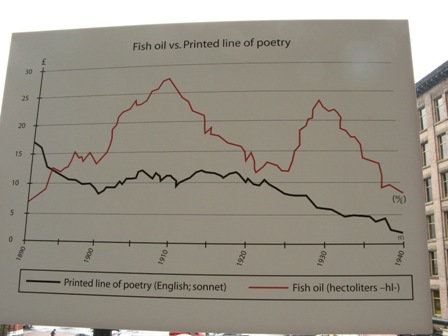Thursday, May 28th: Please bring a 2+ page draft of your essay for an in-class workshop. Also, please read Act I of Glengarry, Glen Ross.
Tuesday, June 2nd: In-class video of Glengarry, Glen Ross. Please finish the play.
Thursday, June 4th: Final Essay is due by 12NOON--in my office, Voorhies 320.
You may slide it under the door or from 11am-noon a colleague will be in the office so you can place it directly on my desk.
Wednesday, June 10th: Final Exam in Olson 117 (our usual room). Bring your reflection paper and be prepared to present.
Still hating it.
15 years ago



















